
views
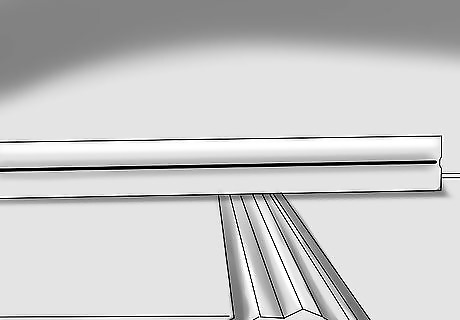
Look at the two working surfaces of the planer, the tables. The infeed table is at the front that you set your depth with, and the outfeed table is under the handle, that you hold firmly to the freshly cut timber.
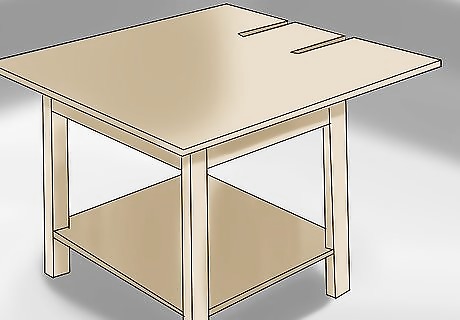
The outfeed table is fixed.
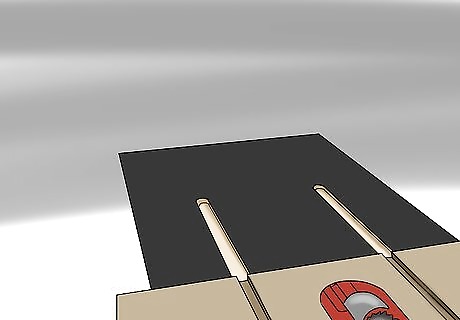
The blades should be set fractionally above the outfeed table.
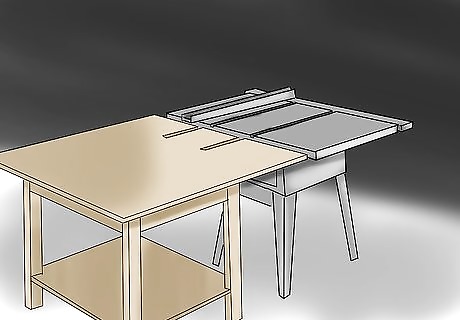
This method will allow you to set them both to the same height and parallel to the table.
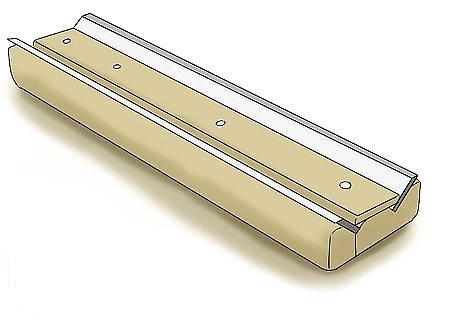
When the blades are a lot too high they will leave a scoop in the end of the timber. If they are too low, the planer won't work very well, it won't feel positive.
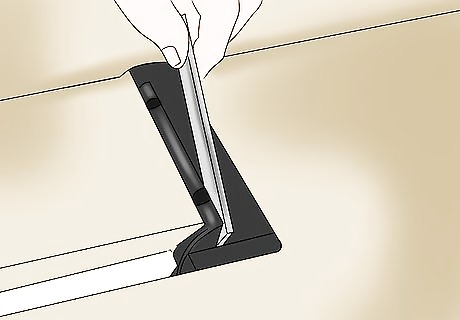
Set the blades a touch higher than the outfeed table and you will get a positive feel to the cut and this also allows for the blades to wear a bit.
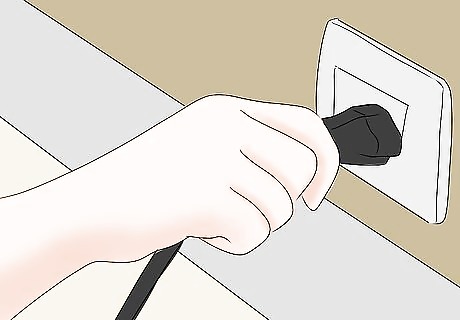
To change the planer blades, PULL the power plug out.
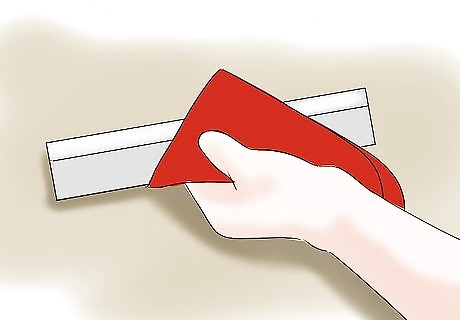
Take out the old ones and give all the surfaces a good clean and dust, wipe with an oily rag etc.
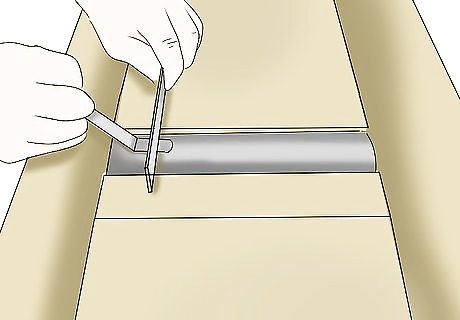
Put the new planer blades back in at a guess for height and nip them up just tight enough to hold them firm, but still allow you to adjust them up and down with the adjusting screws.
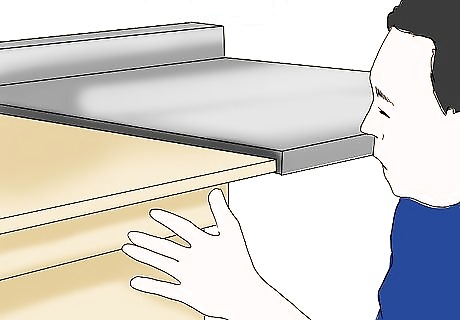
Set both tables approximately level.
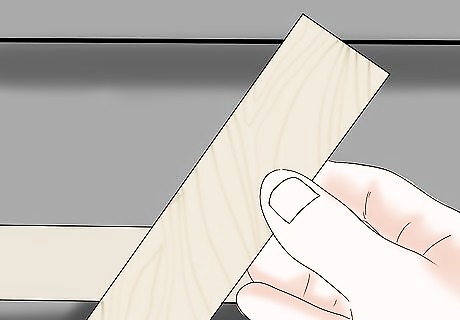
Rotate the blade out of the way, get a small length of wood, (12mmx40mm used in the above photo).
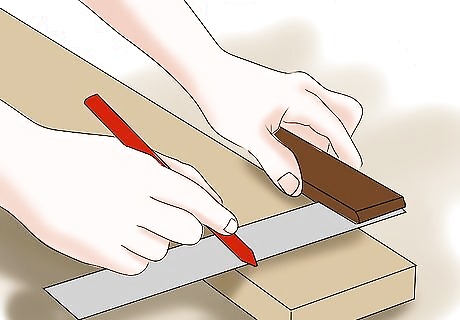
Put two pencil marks on it, say 15mm apart.
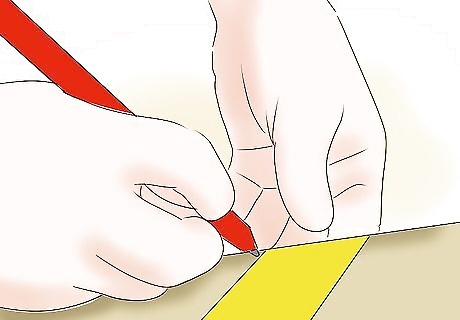
Put mark 1 level with the edge of the outfeed table.
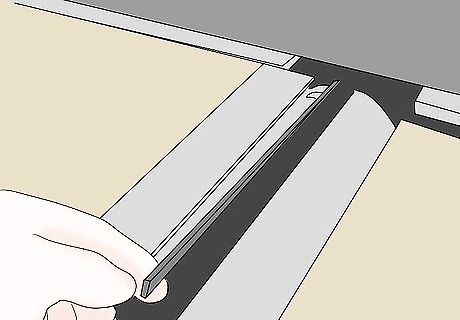
Rotate the blade (use a finger on the rubber drive band if it's easy to reach) so that it advances and catches the timber and carries it along for a space.
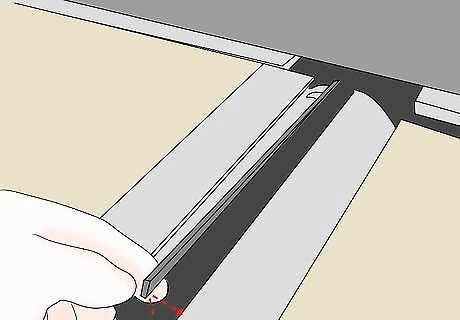
That space is your guide.

Adjust the blade and try again until your marks are like the photo above.
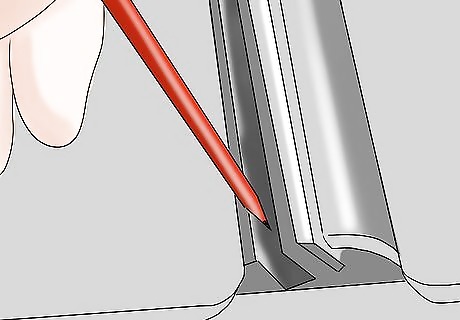
The pencil marks in the photos are about 15mm apart, this will set the blade about one millimeter higher than the fixed outfeed table.

Make it less if you are doing fine joinery with your planer and don't want too much of a scoop on the end of the finished cut.
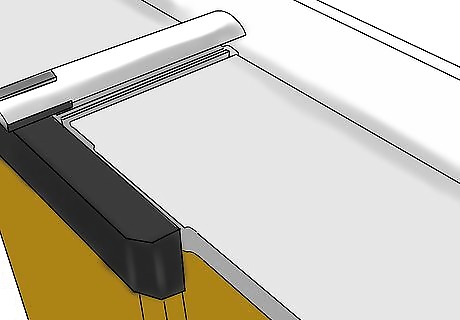
Above. Move to the front edge of the machine and do the same.
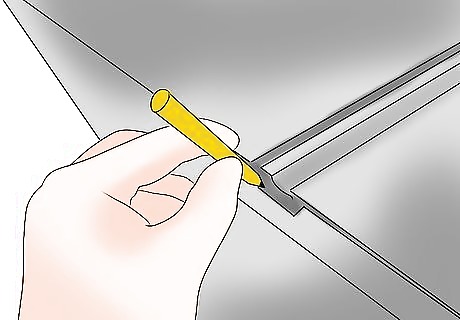
Here you can see that this end of the blade needs lifting up a bit. No 2 pencil mark fell a few mm short of the table edge.
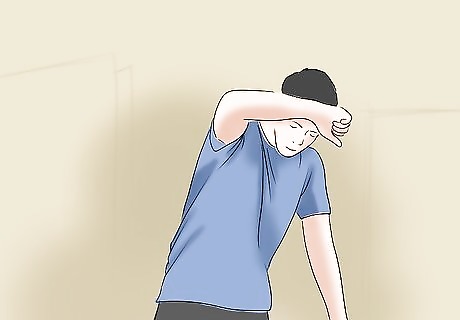
All this takes time, but you can get both blades set perfectly. This method takes a very small vertical distance and converts it to a lot longer horizontal distance that is easy to see.



















Comments
0 comment